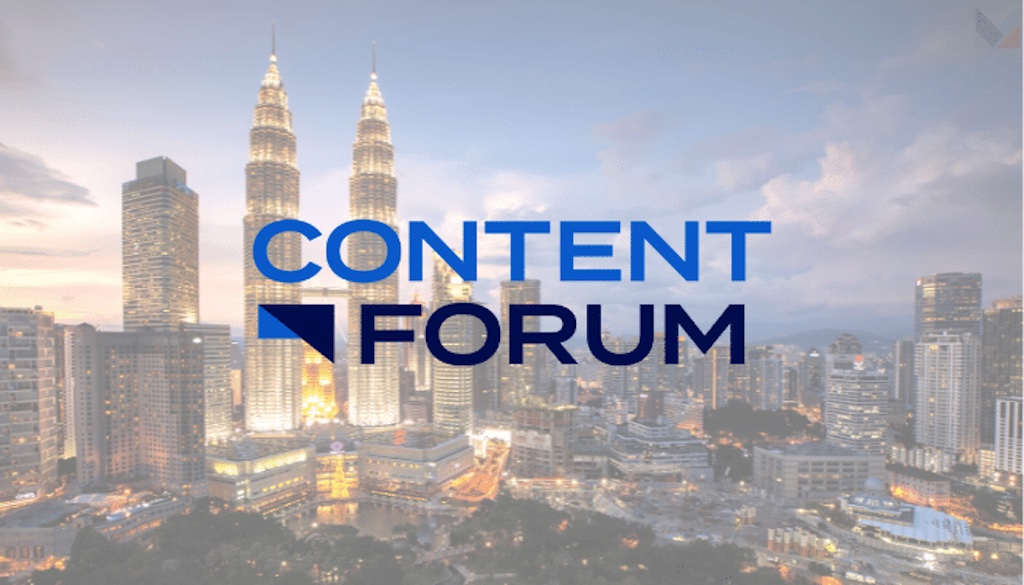Broadcasters are encouraged to practice self-regulation in their production processes to avoid “public shaming” incidents, says the Communications and Multimedia Content Forum of Malaysia (Content Forum).
In the age of virality, a single moment of humiliation can reach thousands in just a few clicks. For those on the receiving end, having their flaws magnified — and sometimes permanently recorded — for a large public audience can cause severe psychological and emotional distress.
To this end, the Content Forum believes that self-regulation is the best way for broadcasters and their production teams to protect the emotional welfare of individuals appearing in their programmes.
“Be it pre-recorded or live programmes, broadcasters and production teams should consider how they can best self-regulate to mitigate instances of public shaming. Everyone involved in the making of a programme or show should adopt a mindset of care towards one another.
“This includes being informed on ways of providing and receiving constructive criticism without resorting to harsh words or actions,” said Mediha Mahmood, Executive Director of the Content Forum.
While self-regulation may be challenging for live telecasts, broadcasters can take preventive steps before filming even begins.

“For instance, broadcasters can implement procedures which clearly guide programme participants on what they can say and how they should present themselves on live television.
Honest mistakes can still occur and things that are said or done during a live broadcast cannot be easily edited — here, broadcasters may want to look at ways they can minimise the emotional impact of these instances,” continued Mediha.
The Malaysian Communications and Multimedia Content Code 2022 (Content Code 2022) is a useful resource for broadcasters navigating these issues. First drawn up by the Content Forum in 2004, the Content Code was updated in 2022 to provide a set of guidelines outlining best practices and ethical standards for content in the digital space.
Mediha points out that there is no need to introduce new regulations for broadcasters as the existing Content Code touches on measures to curb public shaming. Part 2 of the Content Code requires that content disseminated avoids including material that offends good taste, decency, or is abusive or threatening in nature.
This aligns with Section 211 of the Communications and Multimedia Act 1998, which prohibits menacing or offensive content that is intended to annoy, abuse, threaten or harass any individual.
Meanwhile, other experts point out the difference between criticising a person’s actions to vilifying a person as a whole, because the latter can turn disproportionately harmful on social media spaces.
“Online shaming can be amplified by social media and can cause long-lasting mental trauma to the individual. In extreme cases, recipients of public humiliation have had their lives completely destroyed for a single transgression — how can any perpetrator justify this action?

I think there is a fine line to be drawn between condemning an action for collective good and devolving into outright cyberbullying,” said Professor Dr Kiranjit Kaur of Universiti Teknologi MARA (UiTM) Shah Alam, who is also the Content Forum representative from the National Council of Women’s Organisations.
Mediha added that Internet users should also employ self-regulation when reacting to content seen or heard online. “I think empathy is a big factor when delivering constructive criticism. This is not to say that people should refrain from giving honest feedback; rather, they should weigh the costs and benefits of public criticism, with the intent of helping the other person grow and learn from their mistakes,” she said.
MARKETING Magazine is not responsible for the content of external sites.











